Smooth-gaited horses are tops on the trail, offering a comfortable, surefooted ride. And with a variety of gaited breeds, there’s literally a horse for every rider. Clinicians specializing in gaited horses strive to help you get the most out of your gaited trail horse.
Here, we have a roundtable chat with six top gaited-horse clinicians: Jennifer Bauer; Rick Brighton; Elizabeth Graves; Anita Howe; Marcie Morey; and Larry Whitesell. (For more of this roundtable discussion, see the September/October ’14 issue of The Trail Rider.)
Meet the Clinicians
Jennifer Bauer, Gaited Horsemanship. Jennifer Bauer is an internationally known gaited-horse clinician who conducts clinics around the United States and Canada. She apprenticed with Larry Whitesell (see below) for five years before launching her own training business in 2006. She’s based in Baxter, Tennessee.

Contact: (931) 267-6723; info@gaitedhorsemanship.com; www.gaitedhorsemanship.com.
Rick Brighton, Rick Brighton Horsemanship. Rick Brighton is a certified resistance-free horsemanship clinician, trainer, and instructor with more than 20 years’ experience with gaited horses of all breeds. He has trained and shown at regional and world levels, and is an examiner for the Kentucky Mountain Saddle Horse Association. He promotes sound, naturally gaited horses. He trains out of Brighton Ridge Farm LLC, in Renton, Washington.
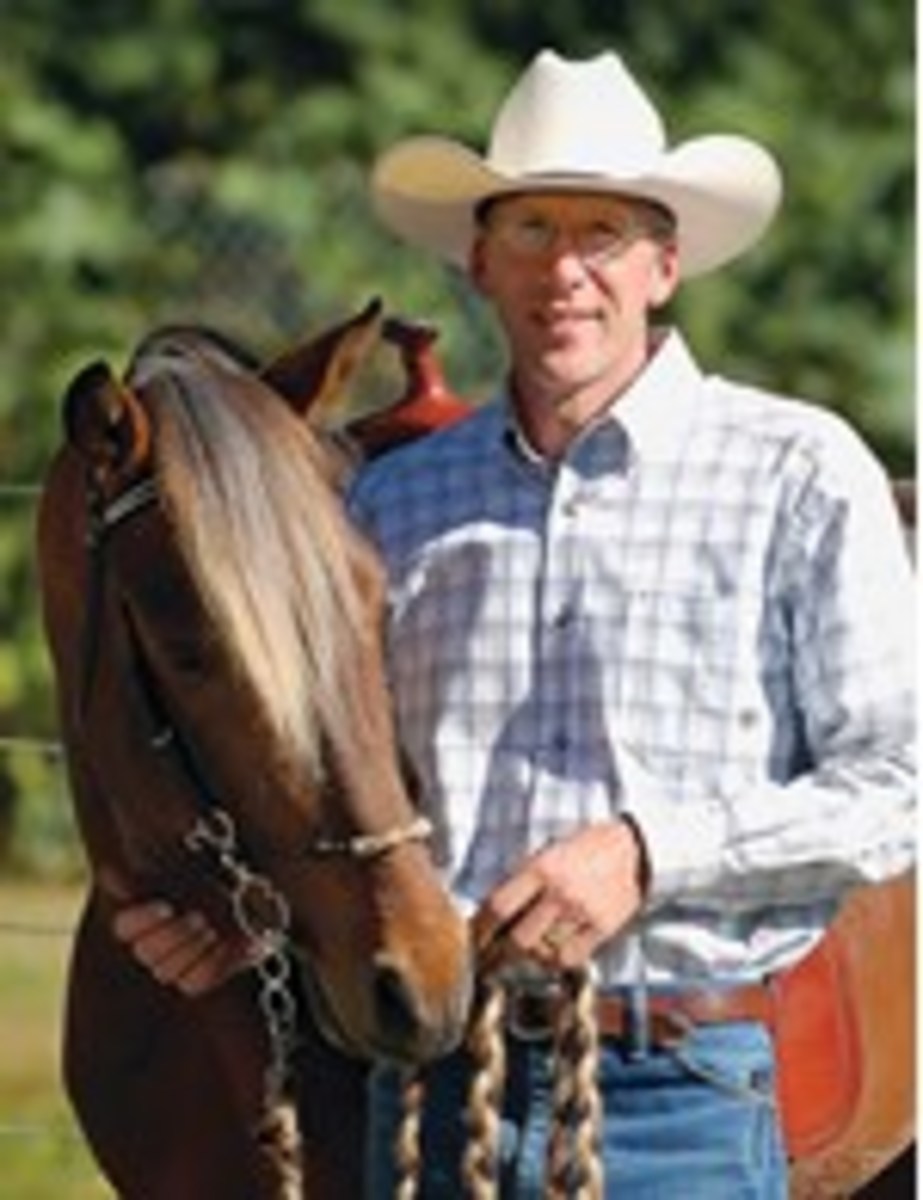
Contact: (425) 226-6943; horses@brightonridge.com; www.brightonridge.com.
Elizabeth Graves, Gathering of Gaits. Although she’s conducted more than 450 gaited horse clinics throughout the United States and Canada, Elizabeth Graves isn’t strictly a gaited-horse trainer; she’s trained and shown both gaited and nongaited breeds since 1965 and has more than 30 years’ experience as a multi-licensed breed judge. She’s based in Spring Valley, Minnesota.
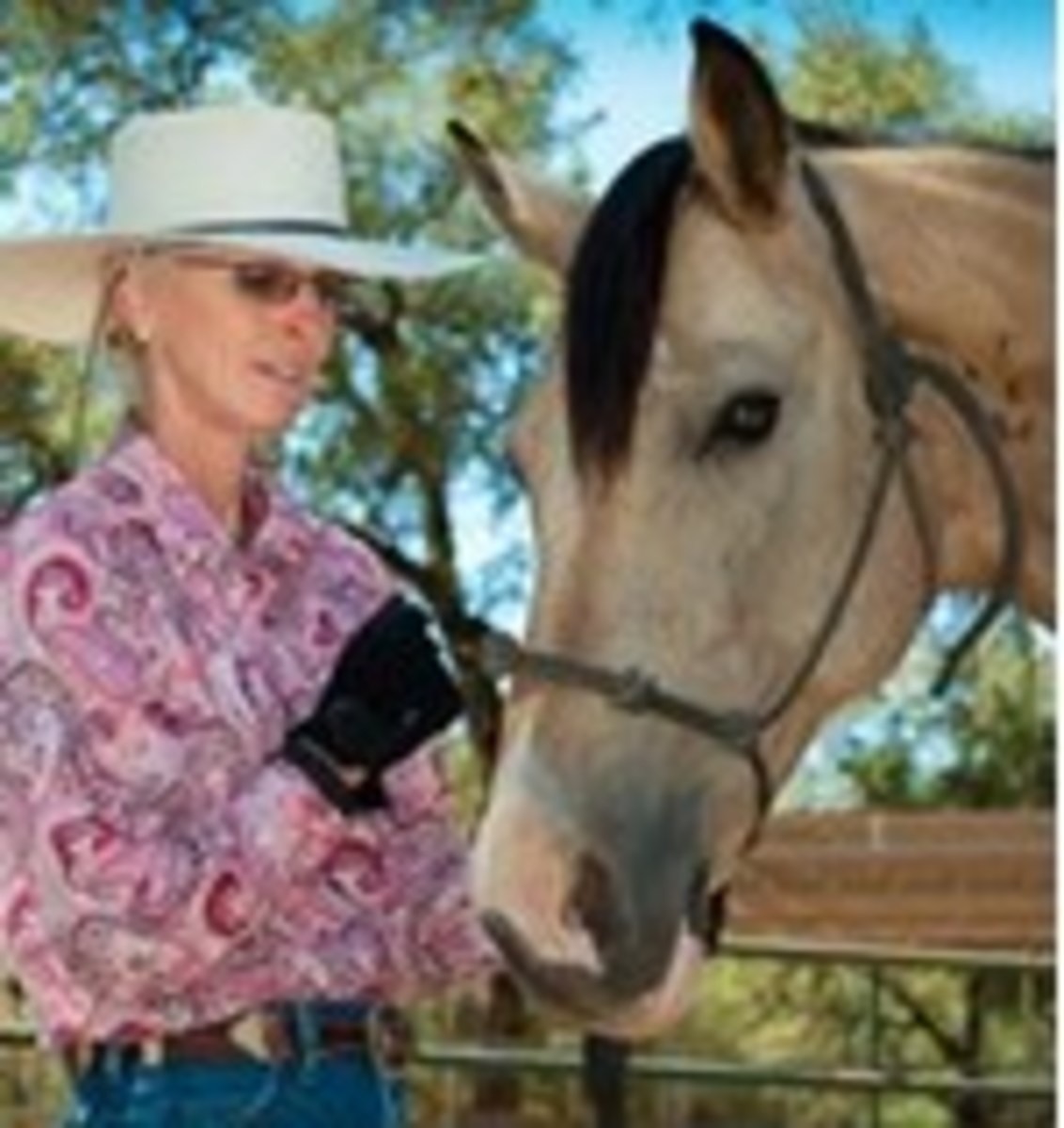
Contact: (507) 346-2422; lizgraves@centurytel.net; www.lizgraves.org.
Anita Howe, Natural Gait. Anita Howe’s Natural Gait training
program, based on natural and classical horsemanship methods, stays true to its name. Howe believes an authentic gait comes from balance, posture, and impulsion, not shoes or devices.She’s based in Napoleon, Missouri.
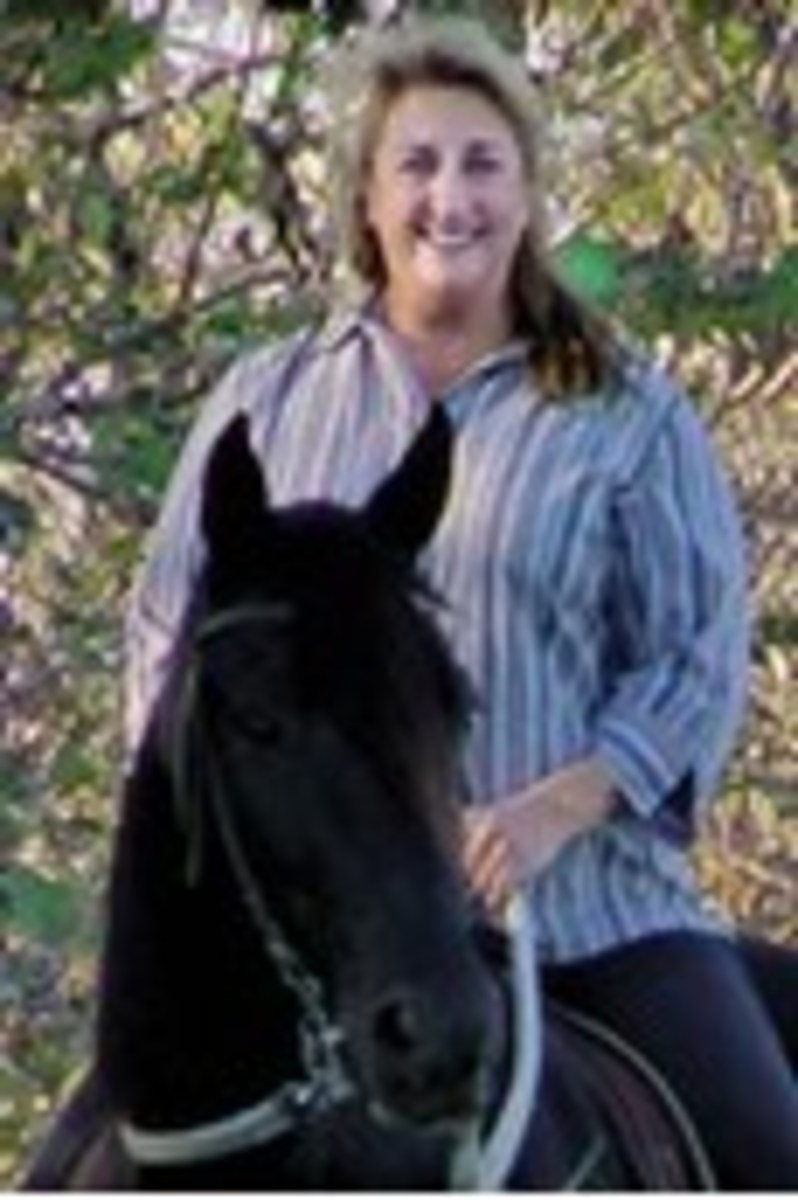
Contact: (816) 686-7748; ajh@howetheywalk.com; www.anitahowe.com.
Marcie Morey. Marcie Morey has competed in all areas of the gaited world; she’s also trained and shown a variety of nongaited breeds. She believes in helping horses develop and improve their natural gait without relying on heavy shoes and severe bits. She’s based in Eustis, Florida.
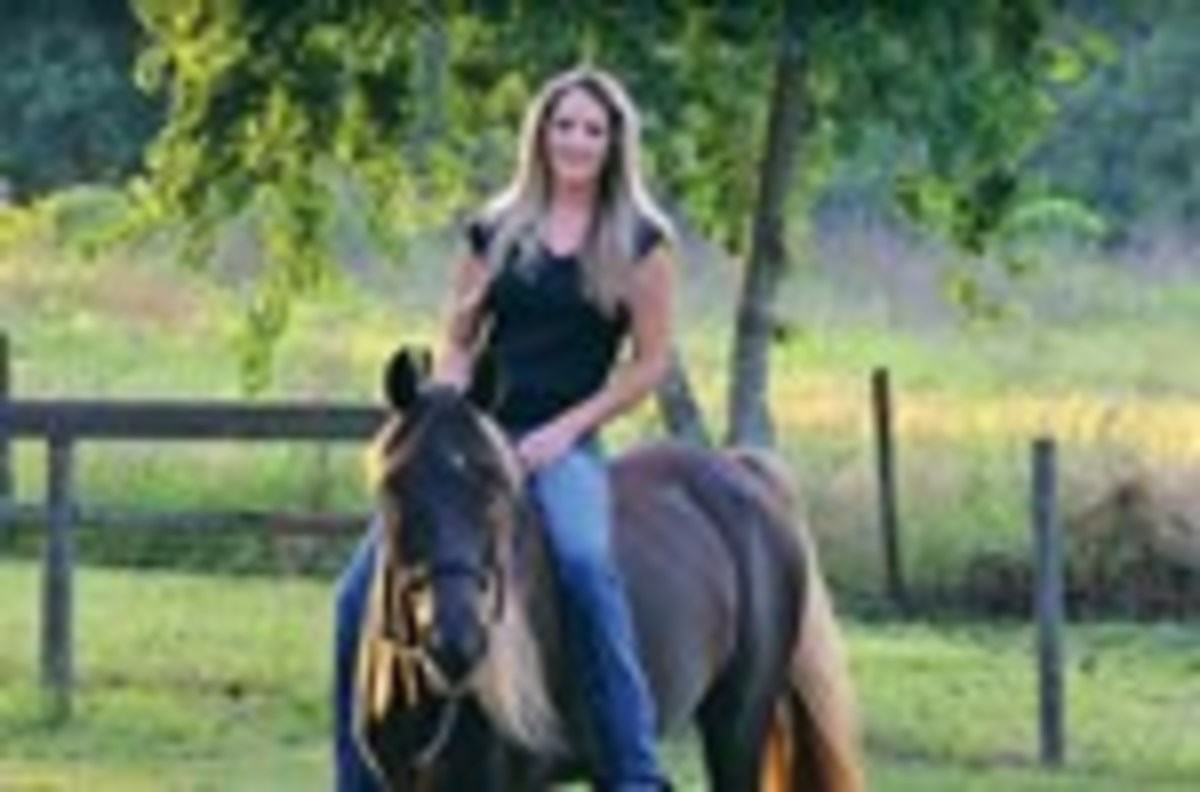
Contact: (352) 308-6996; equinehelp@juno.com; www.marcieorey.com.
Larry Whitesell, Whitesell Gaited Horsemanship. Larry
Whitesell has trained gaited horses since 1980. He regularly holds clinics and expos around the country, teaching riders how to ride with lightness and improve their horse’s gait without devices. He’s based in Baxter, Tennessee,
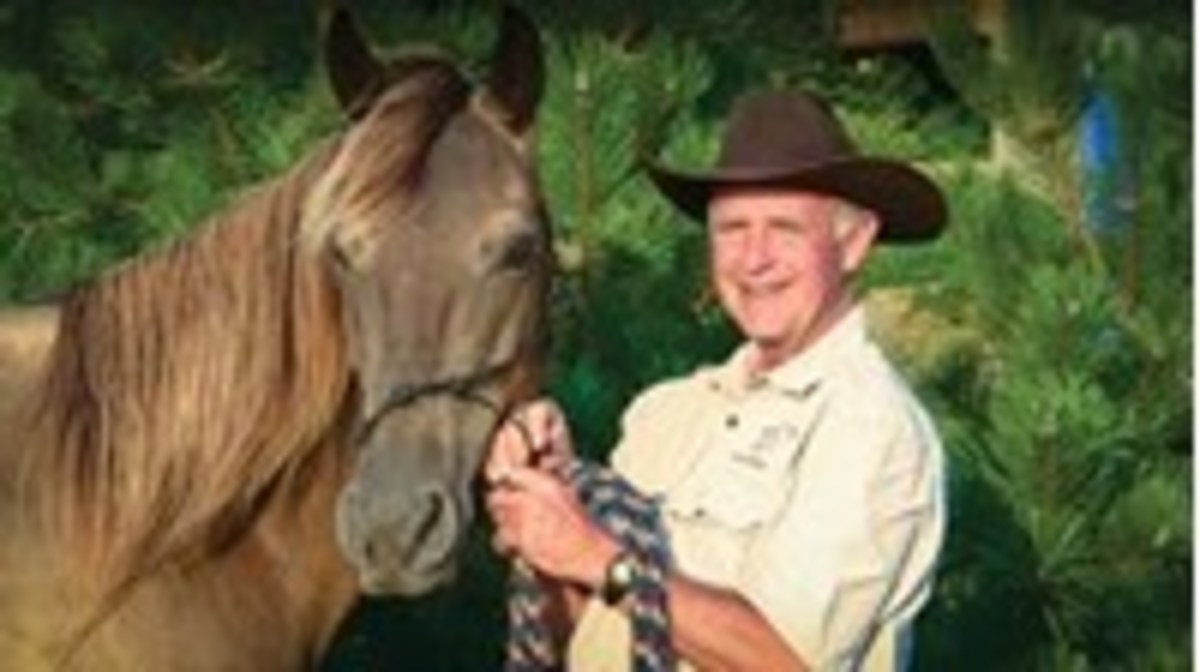
Contact: (931) 858-0658; info@whitesellgaitedhorsemanship.com; www.whitesellgaitedhorsemanship.com.
What have you learned from training gaited horses?
Jennifer Bauer: I’ve learned so much about intention from either a horse or a horse-and-rider combination. When a rider is pure or honest in their intention, the horse will change. Horses have shown me how to work with people by how they react with people.
Rick Brighton: I’ve learned that you can start riding at any age. Once, a gal in her mid-60s came out who wanted to ride with her husband, a horseperson. We found her a horse that was a good match for her. She ended up not only riding with her husband, but also found girlfriends to ride and camp with. She ended up doing a lot more with her horse than she ever thought she would. She even left the husband behind a few times, took the horse and trailer, and went riding with the girls!
Elizabeth Graves: One of the biggest lessons I learned was from my horse, Bubba, an old foundation Tennessee Walking Horse who was an unstarted 2-year-old when I bought him. We were winning, and he was making me look good in the show ring. Then one day, I went out to catch him in the pasture, and he turned his back end to me and took a step away. I took a step forward, and he took two steps away. I was crushed. That was my wake-up call that I had gotten greedy and selfish when riding him. I never forgot that lesson. He made me accountable. Ever since, I’ve been conscious that first and foremost, I have to care about what the horse thinks and feels.
Anita Howe: I was so fortunate to have become the owner of a very naturally animated and versatile horse who taught me more about gait than any riding instructor or trainer ever could. To this day, I continue to learn from each and every horse I work with, because they’re each unique in their personalities and abilities, as well as their issues, both physical and emotional. If I can convey even a small part of that wonder and appreciation of the joy for natural gait to riders both experienced and new, I am content.
Marcie Morey: Horses need to be “listened” to. What means the most to me is when I see a horse completely change, to go from fearful and very reactive—and therefore a little dangerous—to a calm, confident, trusting, and relaxed horse. One time, I went pick up a horse in another state. As soon as I opened the door, he flew to the back of the stall out of fear. I just knelt in the doorway without looking at him. It took 15 minutes for him to even drop his head, take a breath, and lick his lips. Then I left the stall. I took him home later. After seven years, I eventually sold him to a woman who still has him and loves him dearly.
Larry Whitesell: I used to be a show trainer. What I learned when I started training with classical methods was that if I put the horse in balance and taught him to be forward and light, he gaited softer and more relaxed.
Cynthia McFarland is a seasoned trail rider and full-time freelance writer based in Central Florida. She regularly contributes to national equine magazines and is the author of eight books.






